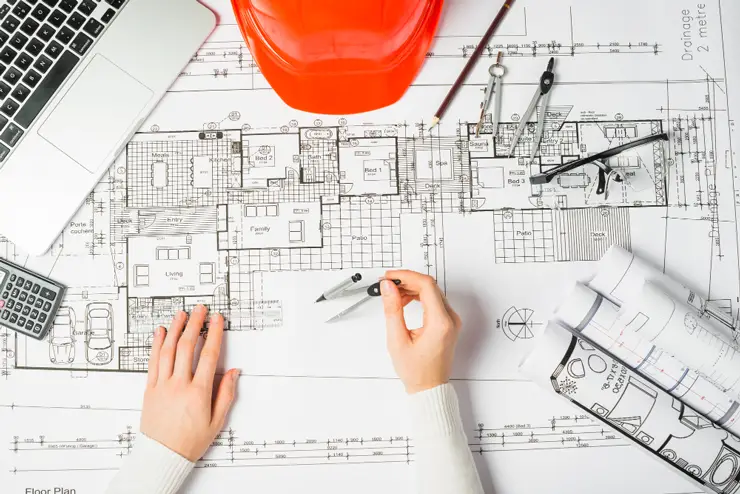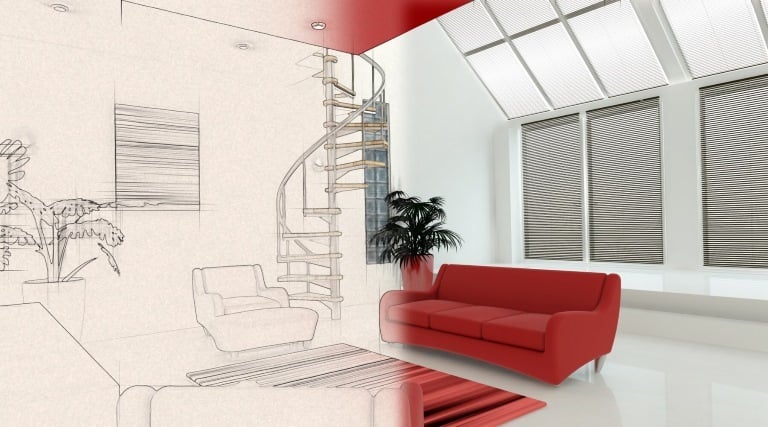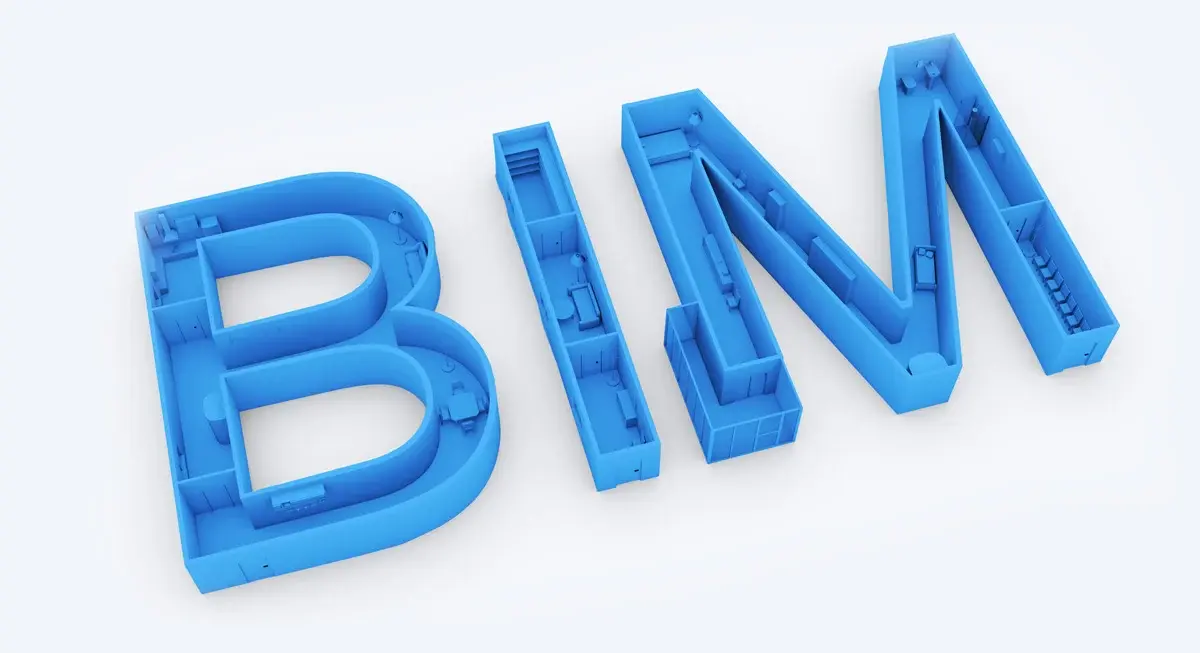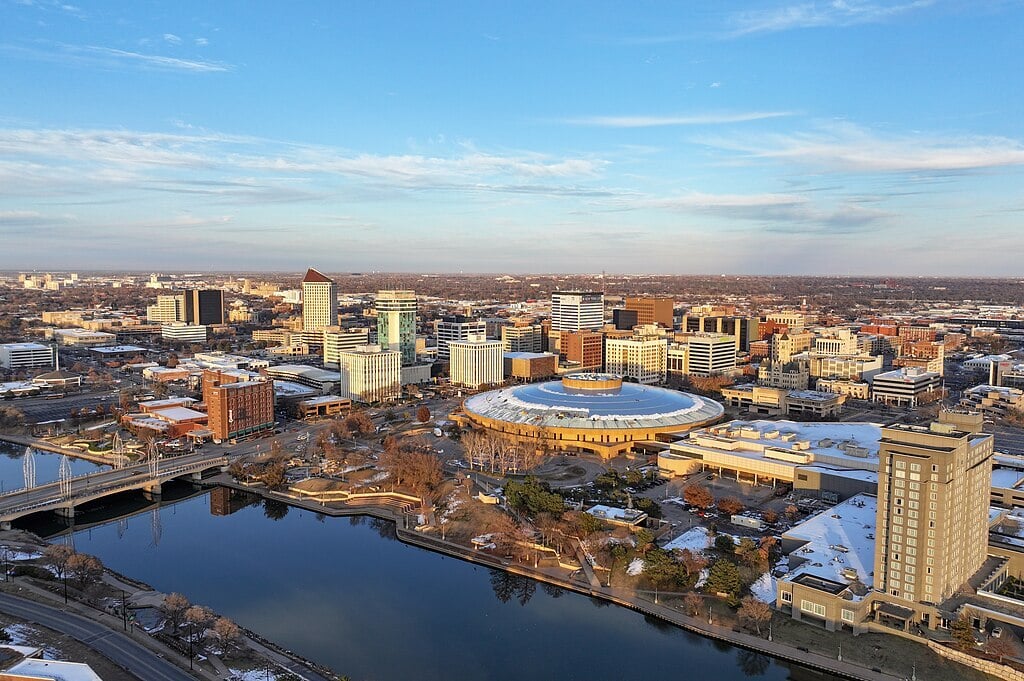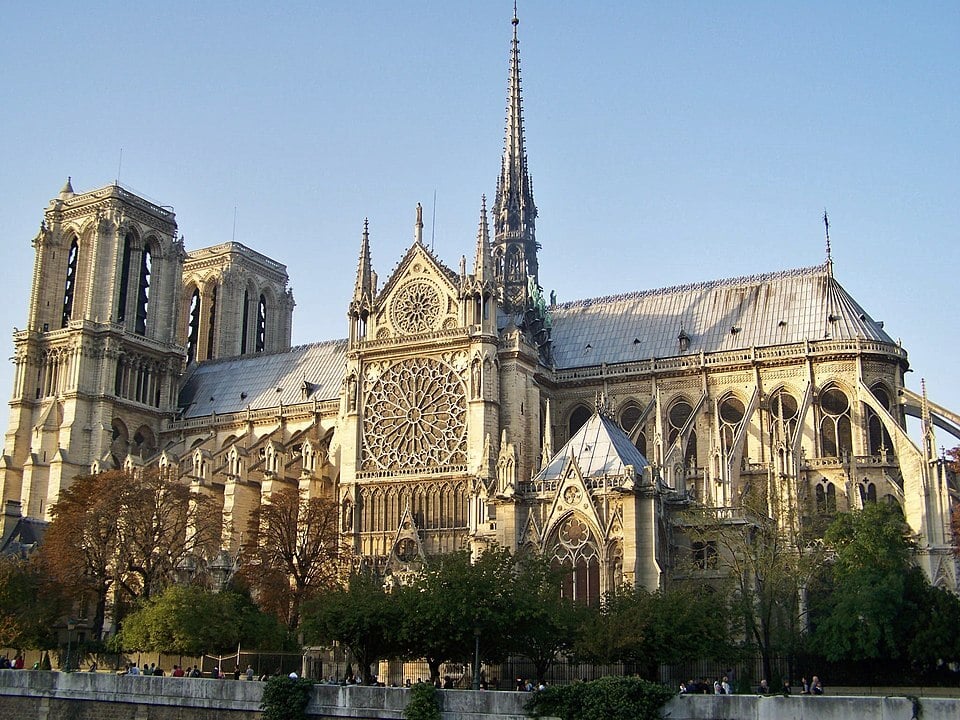
The Notre Dame Cathedral represents three facets beyond its historic standing, through its status as a medieval innovation, a religious heritage, and an architectural masterpiece. Due to its famous church in Paris, this Parisian church attracts millions of tourists a year while standing as a witness to the long history of transformation and both success and calamity. Notre Dame has witnessed a journey toward digital reconstruction in modern times, validating architectural progress and cultural preservation. This piece will examine the history of Notre Dame, demonstrating the obstacles during development and integrating traditional artistry with contemporary machinery for present restoration work.
Quick Facts About Notre Dame Cathedral
|
Attribute |
Details |
|
Location |
Paris, France |
|
When was the Notre Dame Cathedral built in Paris |
1163–1345 |
|
Key Architects |
Jean de Chelles, Pierre de Montreuil |
|
Architectural Style |
French Gothic |
|
Key Features |
Flying buttresses, ribbed vaults, spire |
|
Function |
Roman Catholic cathedral |
|
Notable Events |
Coronation of Napoleon, Notre Dame fire 2019 |
History of Notre Dame Cathedral

The history of Notre Dame began in 1163 when construction started under Bishop Maurice de Sully, which would span approximately two centuries before completion. It consumed approximately 200 years to complete, with the creation of one of the best-known Gothic structures. Throughout time, the structure transformed into a national representation of both religious customs and the cultural history of France. The cathedral exists as a historical landmark where Napoleon received his crowning during past centuries and Joan of Arc achieved her sainthood status. Notre Dame's church history demonstrates its sacred religious status and national monument recognition. People appreciate this monument today because it remains inspiring through its appearance, historical significance, and religious importance.
Also Read - The Seagram Building in NYC : History, Facts & Architectural Features
Notre Dame’s Architectural Challenges & Techniques Used

No standard tools or industrial machinery were available when Notre Dame's initial construction started. The workforce incorporated advanced mathematical skills with their manual stone work and outstanding knowledge of geometry to accomplish their tasks.
1. Gothic Engineering Techniques
- Flying Buttresses: The external load-bearing supports known as flying buttresses enabled builders to extend the building height while creating large stained-glass windows because they directed roof pressures horizontally and downward.
- Ribbed Vaults: The architecture used ribbed vaults, which provided adaptable roofing elements while enabling the construction of narrow, high structures in the cathedral.
- Pointed Arches: Pointed arches are a distinctive feature of Gothic architecture because they decrease structural stress and create an upward visual orientation.
2. Restoration Innovations
The restoration of Notre Dame Cathedral started after the 2019 fire, combining old building methods with modern architectural technologies:
- 3D Digital Scans: The cathedral established detailed laser scans and three-dimensional models before the fire. The exact blueprints produced through 3D digital scans serve as the restoration master plans for the Notre Dame restoration.
- Sustainable Materials: The rebuilding process uses sustainable materials, including certified oak, limestone and other materials approved by environmental standards, demonstrating a sustainability commitment.
- Traditional Joinery & Stone Masonry: The sacred structure gets rehabilitated with historical precision through ancient stone masonry techniques, except for traditional jointery practices.
Digital documentation, point cloud modeling, and simulation workflows transform how historic structures are repaired. For architects exploring this process, 7 Common Types of Architecture Simulations for Sustainable Design explains how such simulations inform structure, environment, and material behavior across complex projects.
Similar digital frameworks are now influencing heritage restoration and forward-thinking infrastructure, including smog-eating buildings that clean the air through façade material technology. Learn more in How are Smog-Eating Buildings Leading the Way Forward for the AEC Industry?.
Inside Notre Dame Cathedral: What’s Unique?
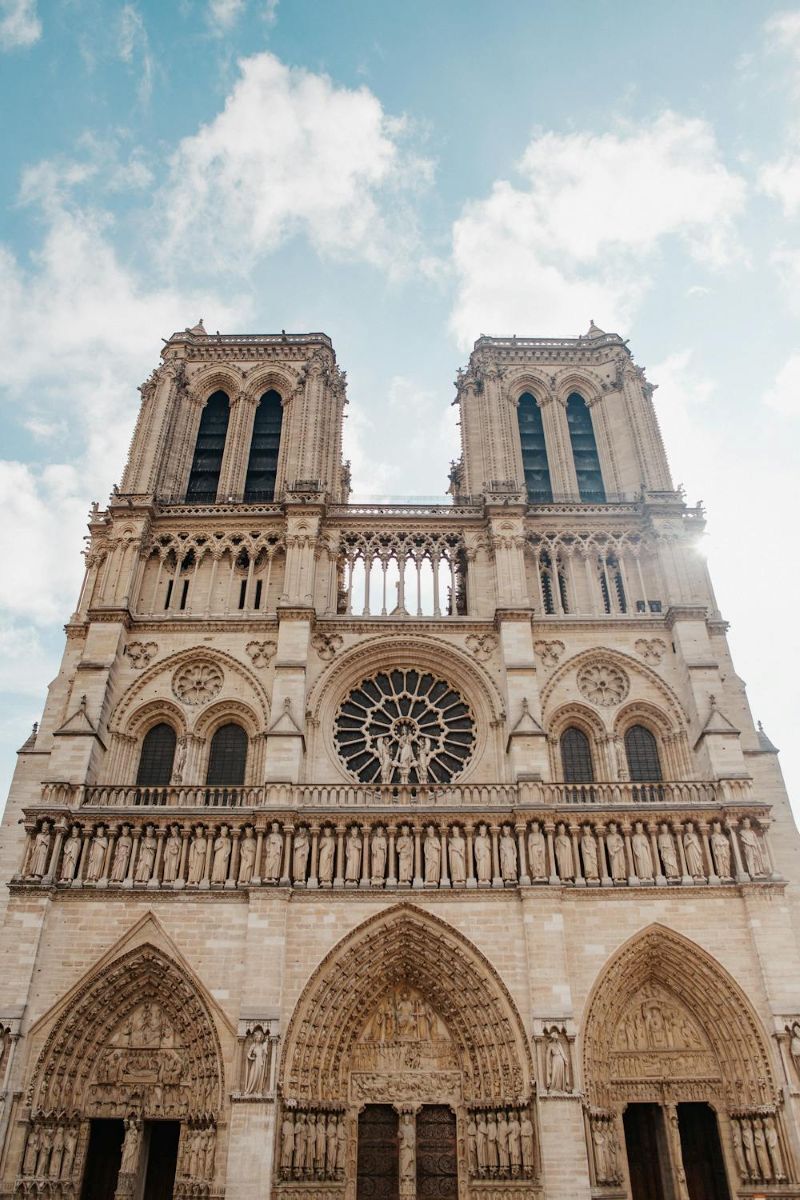
Inside Notre Dame Cathedral, the interior creates an architectural space by combining form and ornament, alongside acoustic elements, natural light, and religious artwork.
1. Nave and Choir
The nave displays high ceilings that rest on clustered support columns. The choir stands near the altar, containing Gothic artworks and choir stalls that are several centuries old.
2. Rose Windows
The cathedral's interior receives colored lighting because of three notable rose windows that the artisans made during the 13th century. The structure contains these elements, which are the most preserved and valued portions.
3. Organ and Bell Towers
The church possesses the largest pipe organ in France and ten distinctive bells. Restoration projects currently work on repairing the Notre Dame fire-damaged items to maintain their authentic sound qualities.
4. Relics and Artworks
Among its precious contents stands the Crown of Thorns as an important relic, along with the Notre Dame Cathedral's interior paintings, sculptures, and carved wooden elements inside the building.
Fire at Notre Dame: What Happened?
The world witnessed with shock on April 15, 2019, as the roof of Notre Dame rose in flames. The spire and parts of the wooden roof, referred to as “the forest” for its medieval oak structure, were destroyed in the Notre Dame fire.
Despite the destruction, most of the stone vaults and towers escaped intact. Crucial relics and artifacts were preserved due to the prompt response of firefighters and personnel.
The event has been a landmark in contemporary architectural history, spurring restoration ethics, replication design, and materials sourcing issues. It also created worldwide interest in reconstructing iconic buildings in a way that honors their historical integrity.
The blaze also revived talk about adaptive and modular construction techniques that promise to improve safety and accelerate megaproject delivery. Although the focus of the Notre Dame restoration falls on the traditional rebuild, other industries are researching new technologies such as prefabrication. For instance, Tesla’s new advancements in prefabricating factories are revolutionizing construction processes. Learn How Tesla is Using Prefabrication as an Innovative Way to Build its Factories to learn how the technique applies to industrial-scale construction.
Preserving the Past for the Future: Notre Dame’s Restoration
The restoration of Notre Dame Cathedral will be completed by 2025, when it will be fully open to the public. Emmanuel Macron officially affirmed the plan to open the cathedral doors to visitors before the Paris Olympic Games.
Restoration Priorities:
- Rebuilding the Spire: The architects seek to recreate the 19th-century scheme designed by Viollet-le-Duc through traditional restoration methods.
- Reinforcing the Vaults: Conservators aim to bolster Gothic architecture by strongly supporting remaining rib structures and arched elements.
- Preserving Authenticity: Restoration efforts focus on preserving the cathedral in its original state, returning it to its historical condition by consulting references and digital data alongside utilizing sustainable materials.
The Notre Dame restoration sets a benchmark for global conservation practices. It shows how digital tools like BIM and point cloud scans support historic reconstruction.
Conclusion : Notre Dame's Legacy and Lessons for Architects
Notre Dame Cathedral is more than just a famous church in Paris. It is a powerful narrative of faith, resilience, and design excellence. From its detailed Gothic engineering to the digital accuracy of its ongoing restoration, the cathedral remains a masterclass in architectural discipline.
Whether you’re an aspiring architect or an industry professional, the lessons from Notre Dame are timeless: balance innovation with tradition, respect the material, and always build with purpose.
Enroll in Novatr’s BIM Professional Course for Architects to develop skills aligned with such iconic global projects.
Visit the Novatr homepage for career-focused architecture and design courses. For more project case studies, sustainable workflows, and academic insights, check out the Novatr Resource Page.
Was this content helpful to you



.jpg)




